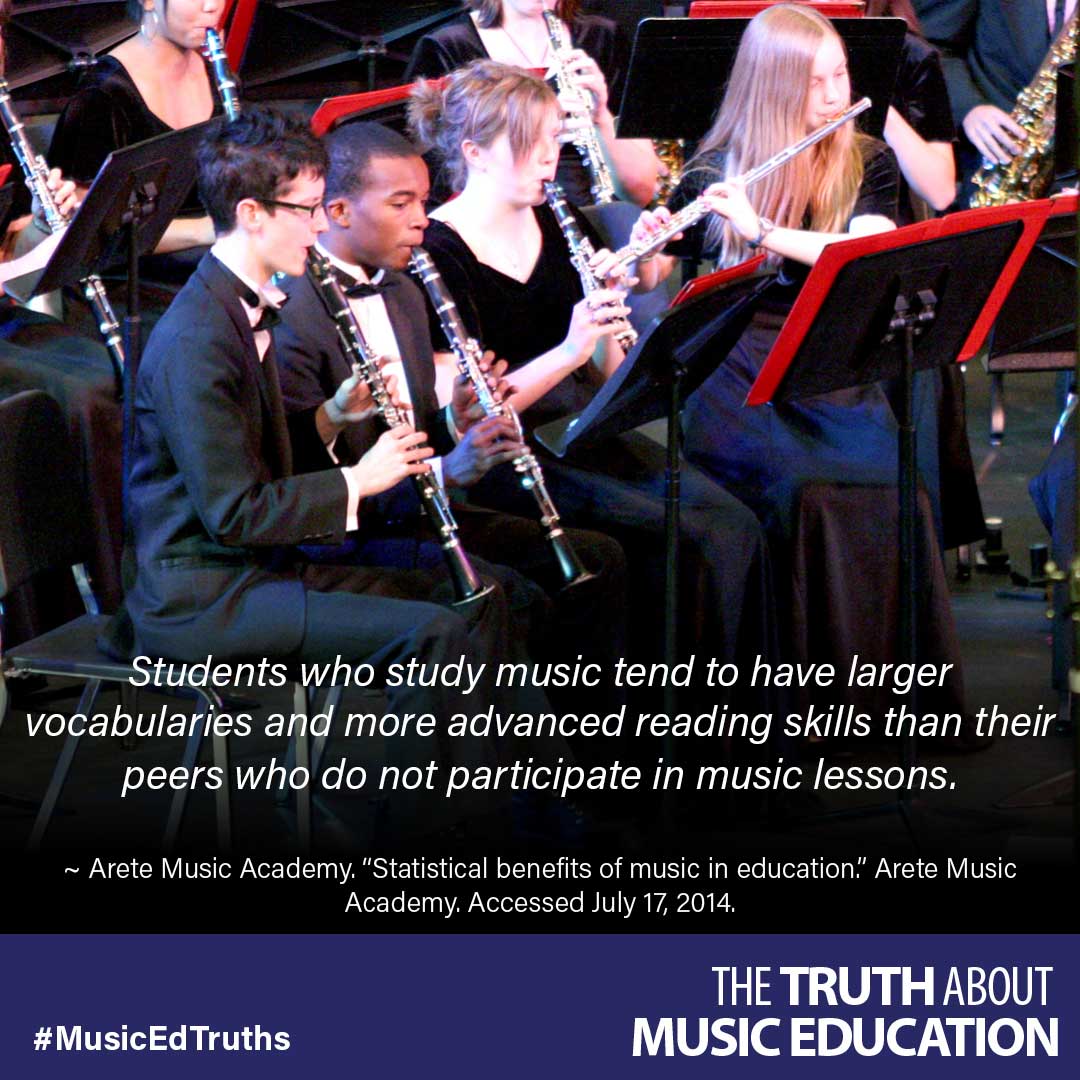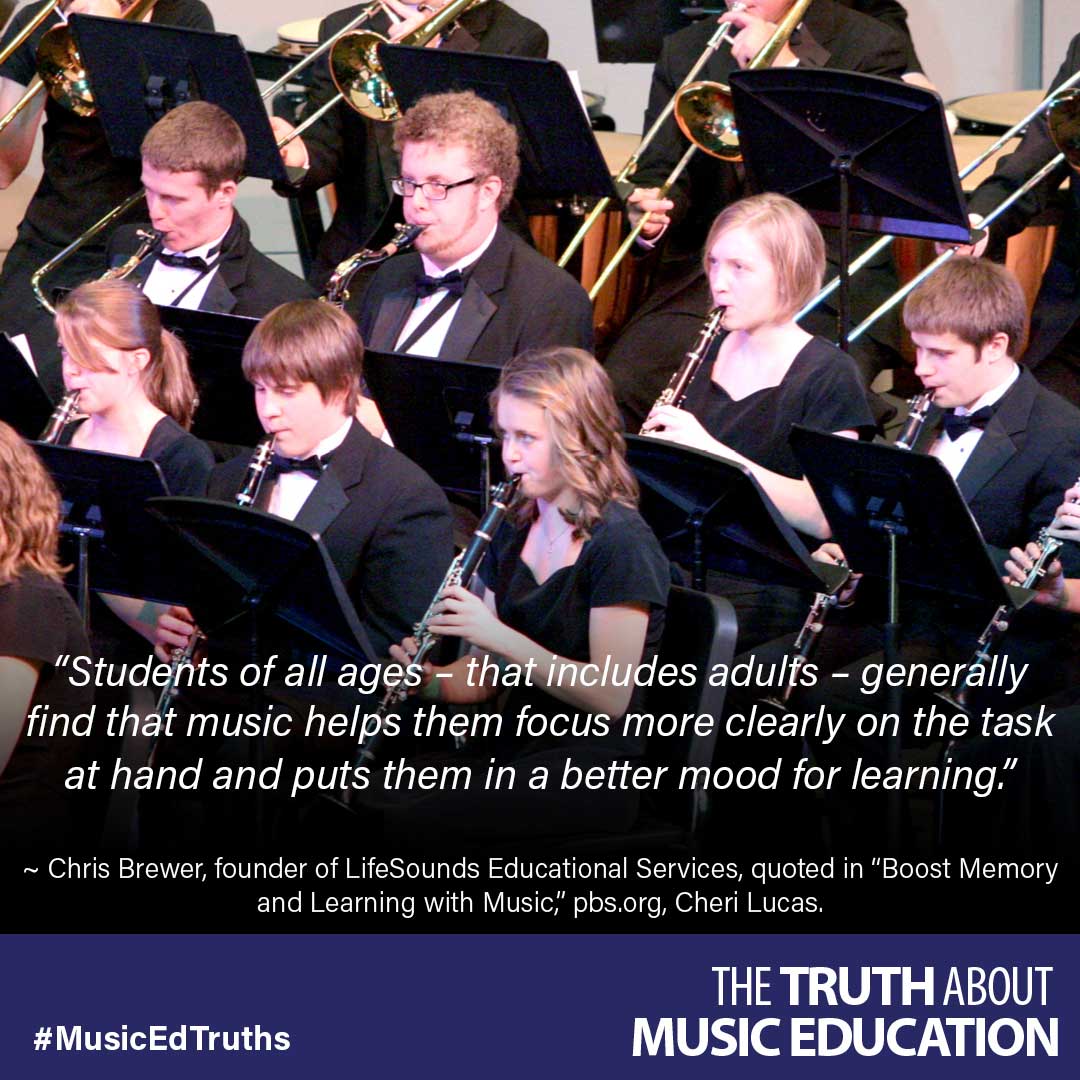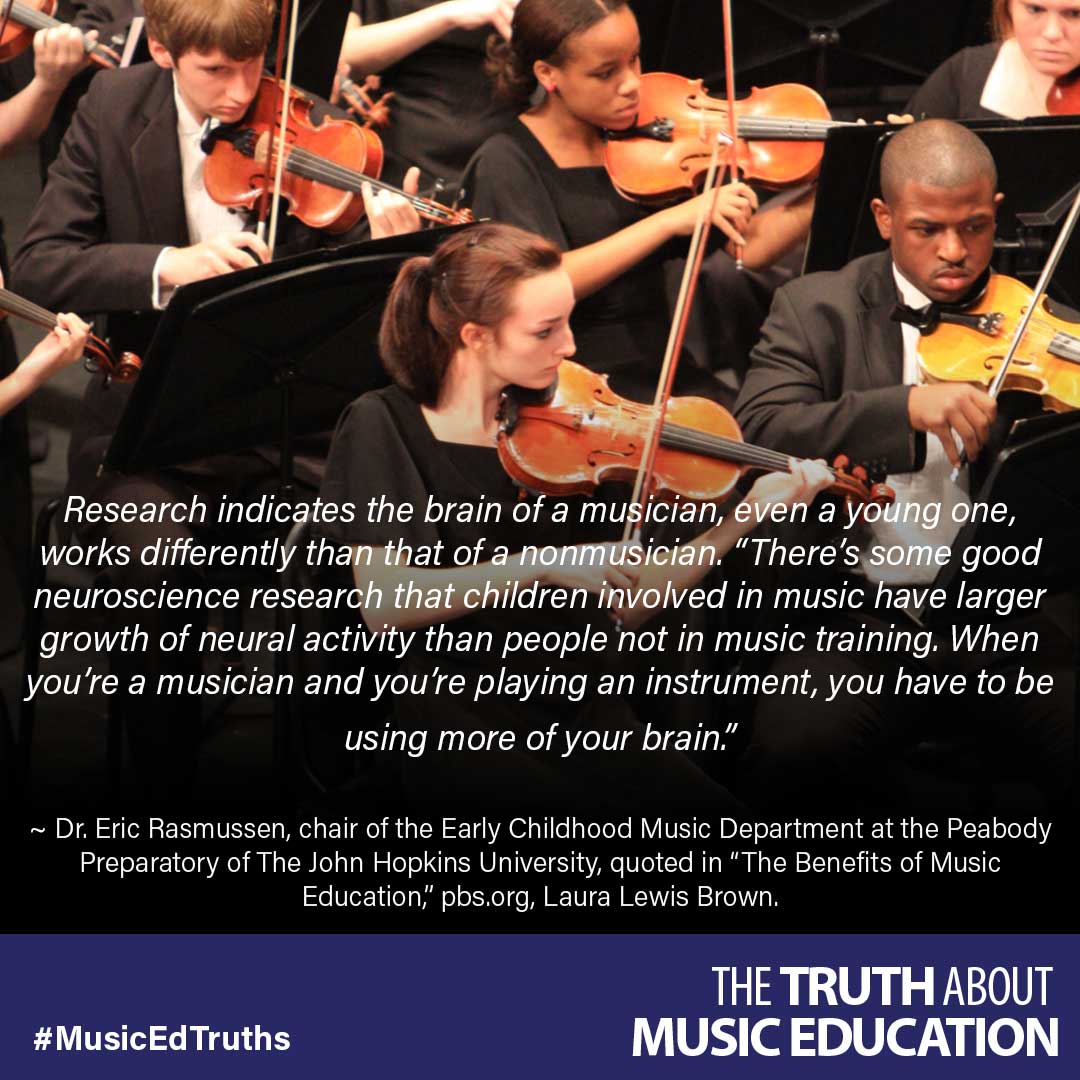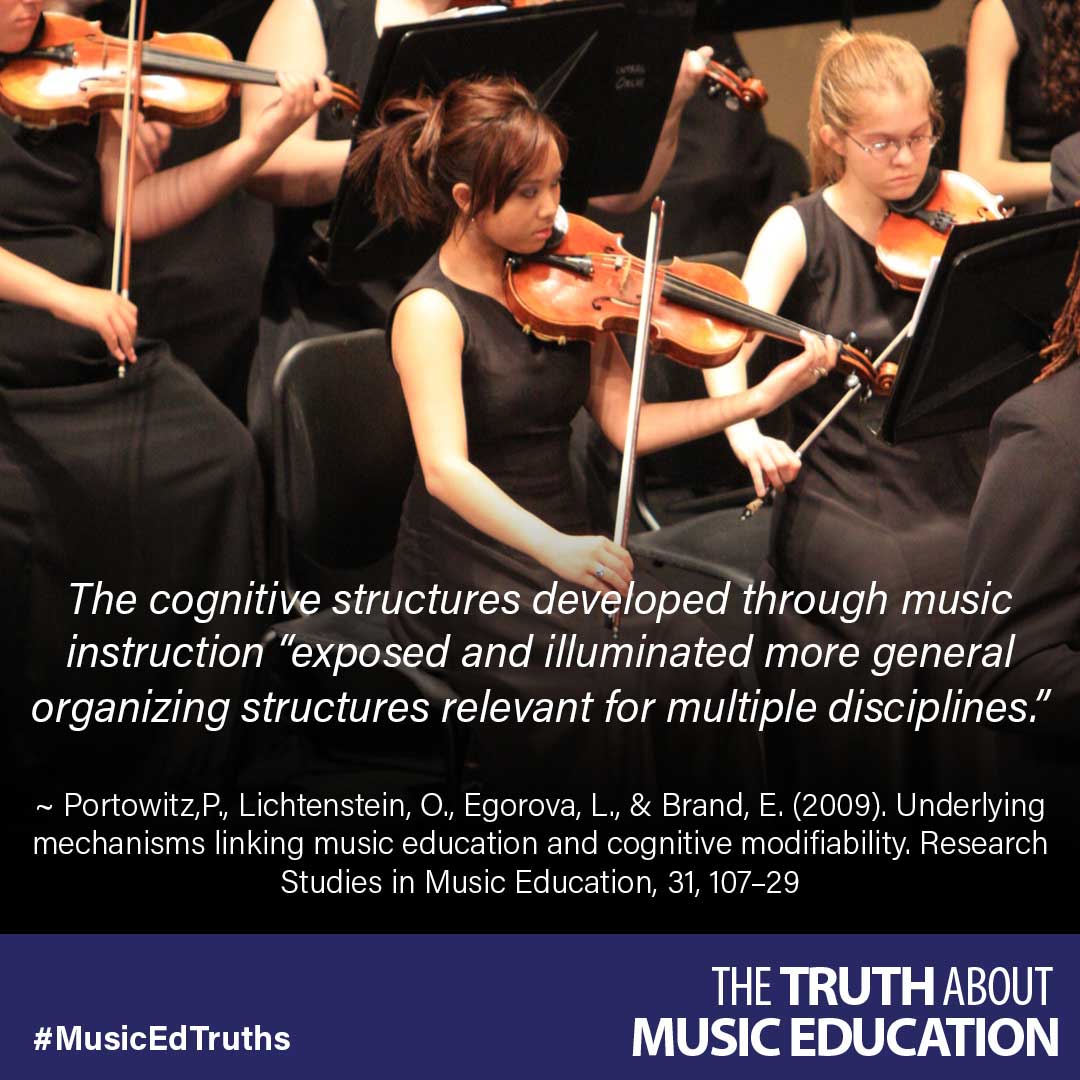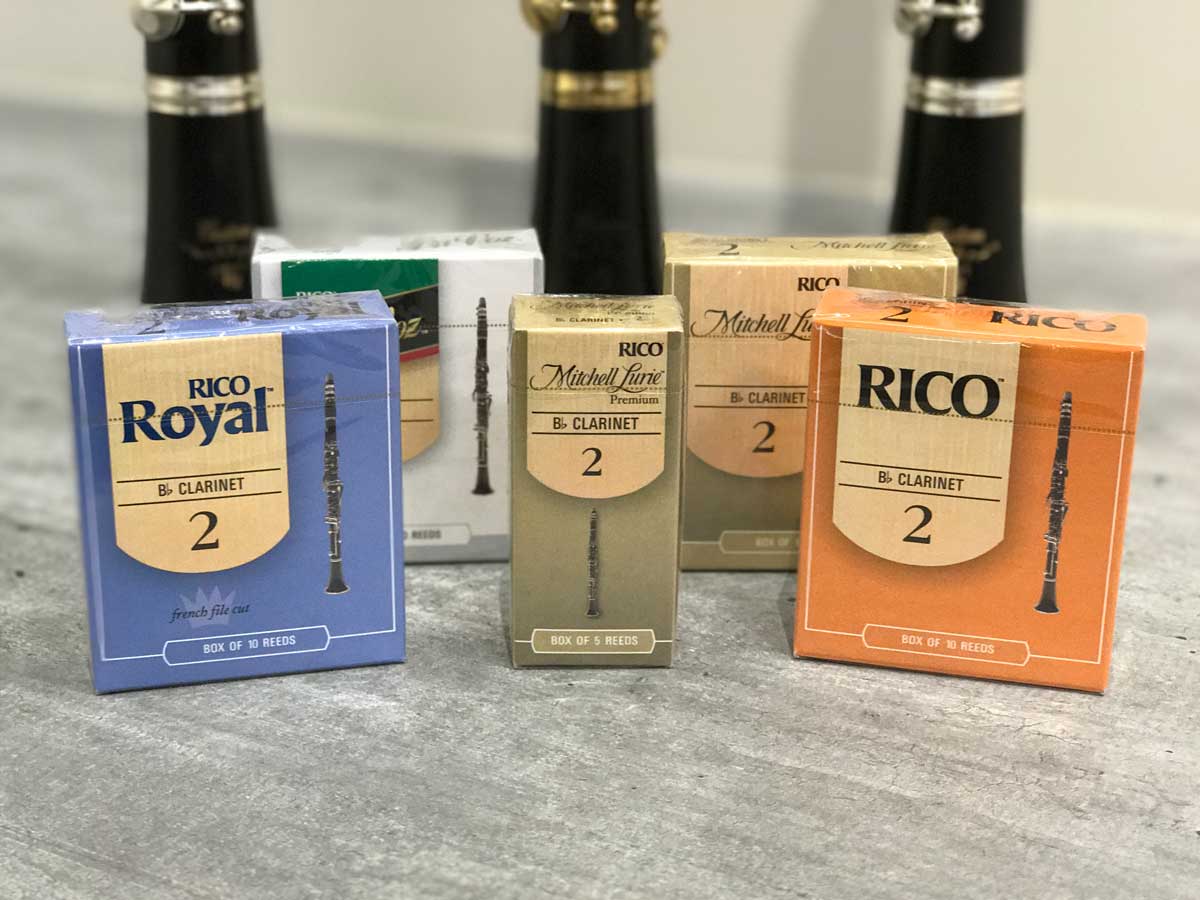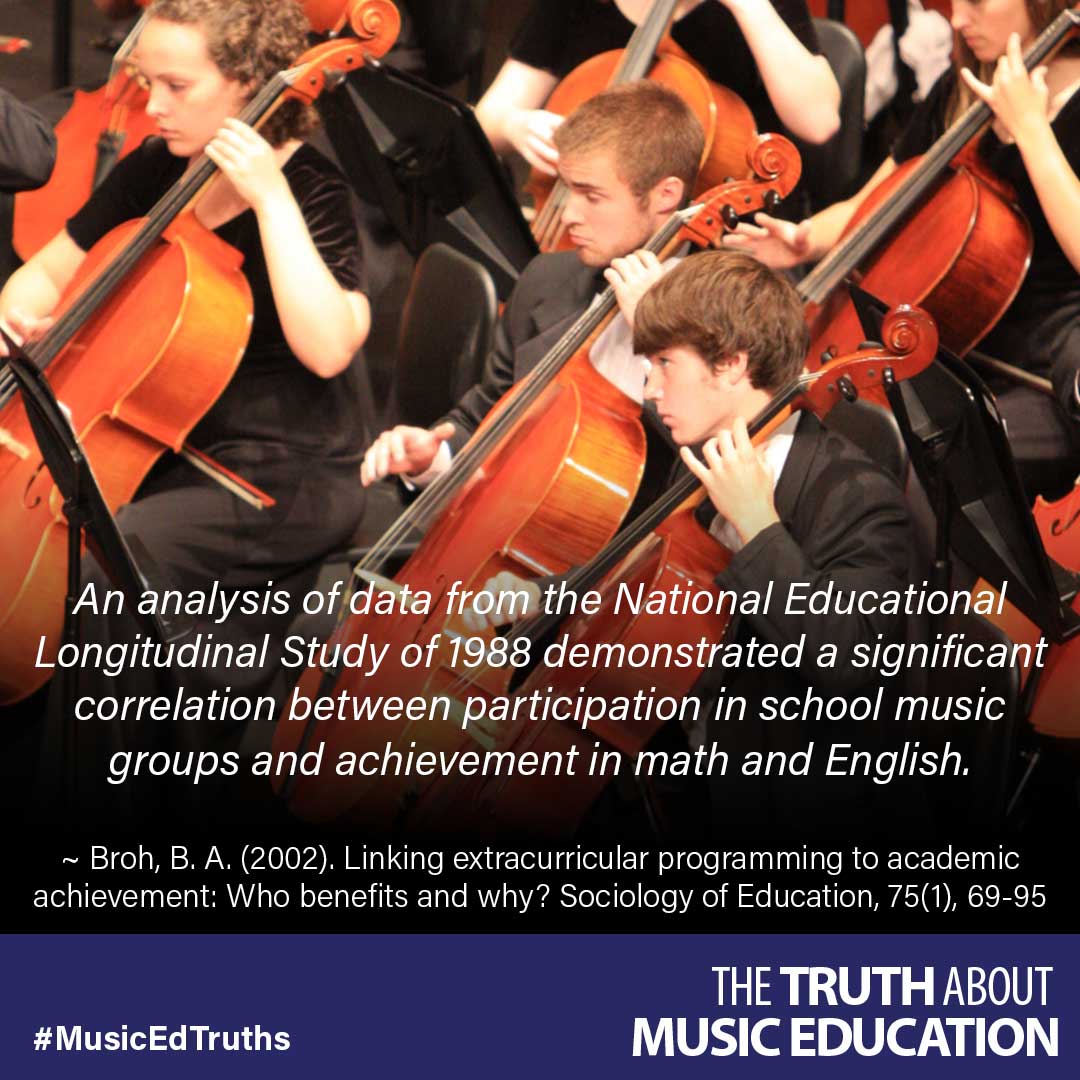D’Addario Saxophone Reed Guide

Known for the wide variety of high quality reeds, Rico by D’Addario has a reed for every type of performer. If you were curious about the qualities that make each reed different from one another, this guide can help you in making your next reed decision!
Rico by D’Addario
Rico by D’Addario reeds are unfiled and feature a thinner profile and blank. Designed for ease of response, they are ideal for students, revered by educators worldwide, and are a favorite among jazz musicians. D’Addario’s state-of-the-art machinery and reed-making process have resulted in unprecedented consistency in today’s Rico reed.
Royal by D’Addario
Royal by D’Addario reeds are filed and feature a thinner profile and blank. They are ideal for students and advancing players, and are revered by educators worldwide. Royal reeds offer ease of response and increased clarity in the sound. D’Addario’s state-of-the-art machinery and reed-making process have resulted in unprecedented consistency in today’s Royal reed.
Reserve
A premium, filed reed that offers a rich, warm tone, a heavy spine that promotes dynamic flexibility, and exceptional tone quality in all registers, a long vamp profile to produce consistency of response, and a traditional tip thickness for ease of articulation.
Grand Concert Select
Grand Concert Select reeds are filed and feature a traditional tip and thicker spine, providing a quick response. They have a traditional blank thickness, which adds more brilliance to the sound. Grand Concert Select reeds are well suited for ensemble playing.
Select Jazz Filed
Select Jazz reeds feature the thickest spine and blank of D’Addario’s jazz reeds, with a traditional tip shape. The Select Jazz cut offers great projection, focus, and a vibrant sound. They are available in both filed and unfiled models. Offered in third strengths, rather than half strengths, so players can choose the most precise strength for their individual equipment.
Select Jazz Unfiled
Select Jazz reeds feature the thickest spine and blank of D’Addario’s jazz reeds, with a traditional tip shape. The Select Jazz cut offers great projection, focus, and a vibrant sound. They are available in both filed and unfiled models. Offered in third strengths, rather than half strengths, so players can choose the most precise strength for their individual equipment.
La Voz
Similar to the Rico cut, La Voz reeds are unfiled and feature a thinner profile and blank. The La Voz strength range offers greater flexibility, and their deep, powerful tone makes them a standard among jazz musicians. Rico’s updated reed-making machinery and state-of-the-art process have made today’s La Voz reed more consistent than ever before.
Hemke
Frederick L. Hemke reeds are filed and feature a thinner tip and shorter vamp for ease of response. They are a favorite among jazz and classical players alike; they are also popular with advancing students. Rico’s updated reed-making machinery and state-of-the-art process have made today’s Hemke reed more consistent than ever before.
Plasticover
Plasticover features a brilliant, projecting tone and enables a unique voice in various musical styles, from funk to Latin jazz. This coated reed is ideal for quick instrument changes and endures extreme weather conditions. Noted for its durability, Plasticover is a perfect solution for outdoor performances.

